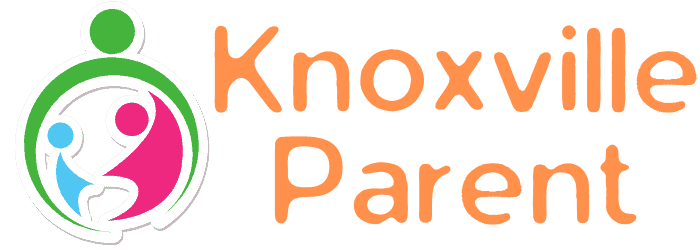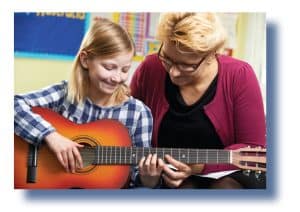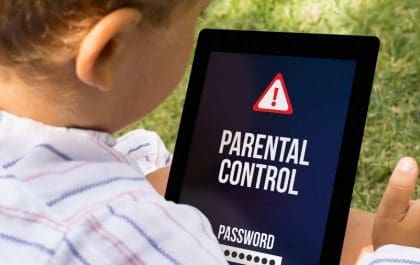By Jeff Comas
I commonly ask music students what they think they need to do to improve their performance of a certain piece of music. The common response is “practice more.” While more practice may be part of the solution, it is definitely not the whole.
We have all heard “practice makes perfect.” I do not agree with that statement. For one thing, true perfection may not really be obtainable, but that’s not really the point. What is more important is that just practice alone is insufficient. In fact practicing without clarity or in an inconsistent manner can be detrimental.
A much better statement, that is popular with music teachers is, “perfect practice makes perfect.” Derived from “Practice does not make perfect. Only perfect practice makes perfect.” -Vince Lombardi
Lets presume we are talking about learning music and that in this part if I say “you” I mean “you, or your child.” Consider an alternative to “practice makes perfect,” “practice makes progress.” Ah, now there is a statement I can agree with. You will make progress in whatever you practice.
What if you are practicing a passage, but do not always use the same fingering (inconsistent). What are you really teaching yourself? What if you are learning a new piece and initially misrepresent a note or notes to yourself (lack of clarity). Will you practice the piece incorrectly?
If you are inconsistent in how you practice, your progress will be slower and you may feel doubt in performance. If you lack clarity about what you are practicing you may even be practicing mistakes and getting very good at them. Does this sound like a good idea? Are these the results you want? No? Well, how do you get the results you do want?
Here is my version of a great practice mantra; “Ideal practice gets ideal results.” -Jeff Comas
What are ideal results? How about maximum return for the effort you put into practice? To learn faster and have more confidence and ease with performance, wouldn’t that be ideal?
So, what is ideal practice? In this case lets call practice the act of repetitions for the purpose of learning. In my mind, ideal practice would look as described. You (the student) are:
In the Ideal posture for playing your instrument
Clear about what is to be practiced before practicing
Consistent in your practice habits and only practice what you actually are trying to learn (this does not mean never go exploring on your instrument)
Engage in the activity at hand
Put these elements into your practice, and remember to simplify by learning small parts. Practice briefly and frequently. Then you will experience accelerated learning, gain ease with your instrument, and ultimately have more fun.
Jeff Comas started playing music at 5 years of age. He is the owner of Allied Music Instructors. He has been a music educator since 1989, and has given over 40,000 music lessons.
.
Related posts
Newsletter Subscribe
Newest Posts
Set Up a Parental Control for Online Safety
Have you ever wondered how long your children spend in front of a device without your supervision? Yes, it is…
Adopt A Life, Save A Life
By Jeff Ashin, CEO, Young-Williams Animal Center. Photo by: Young-Williams Animal Center Are you or your child thinking of adding…



